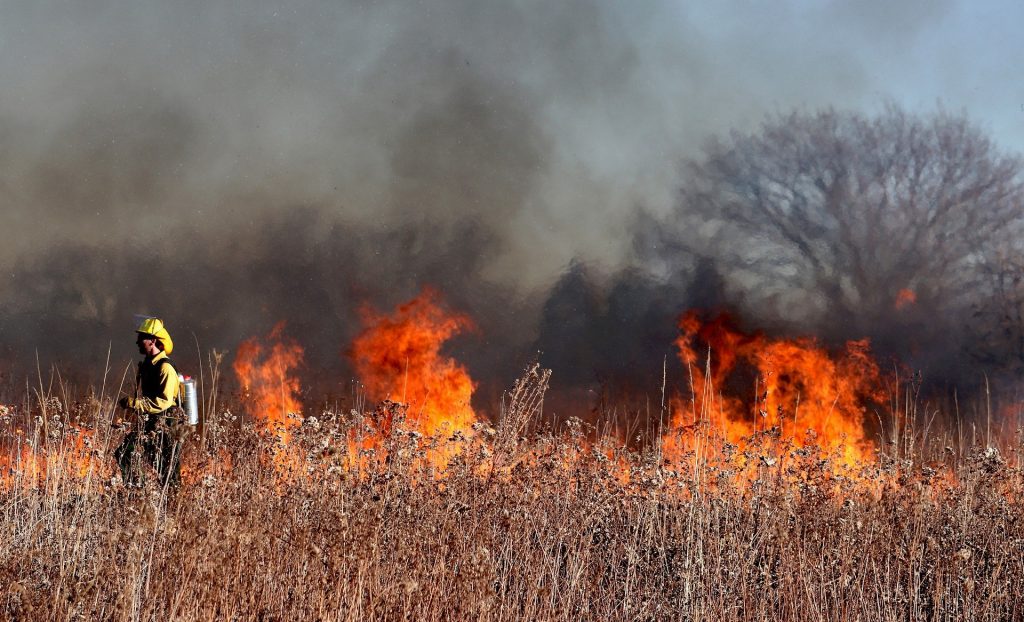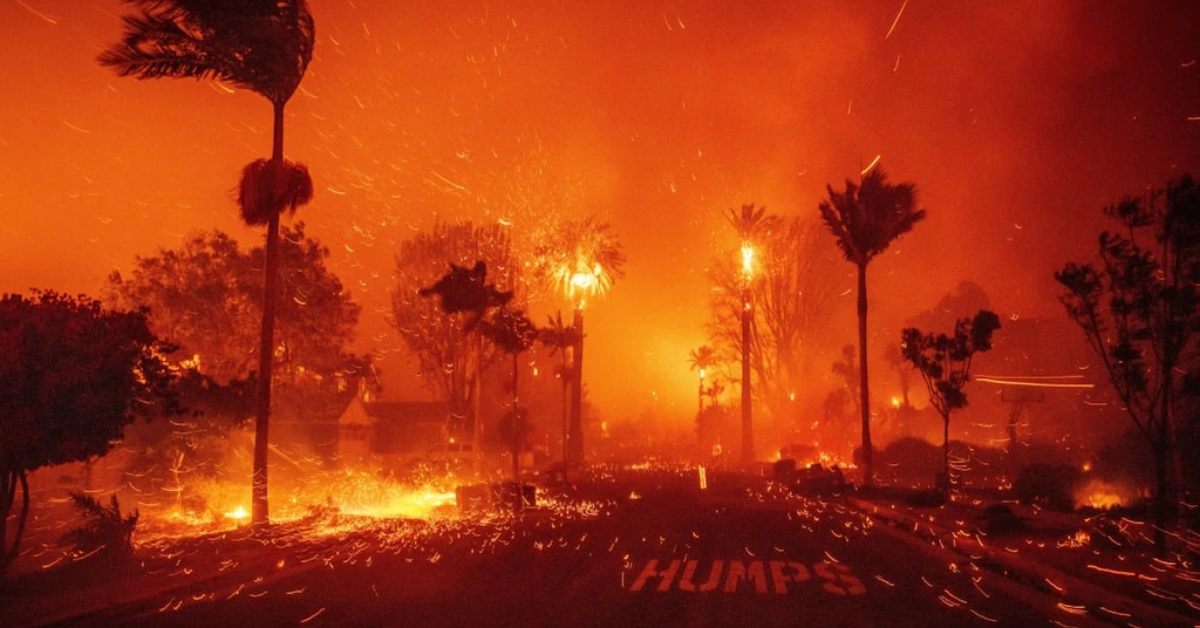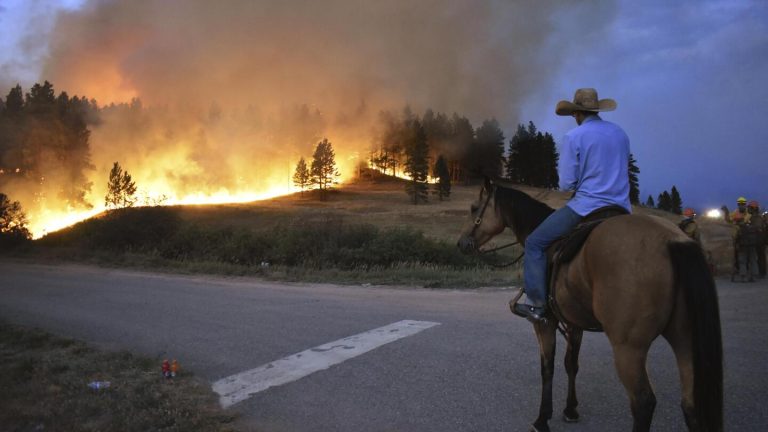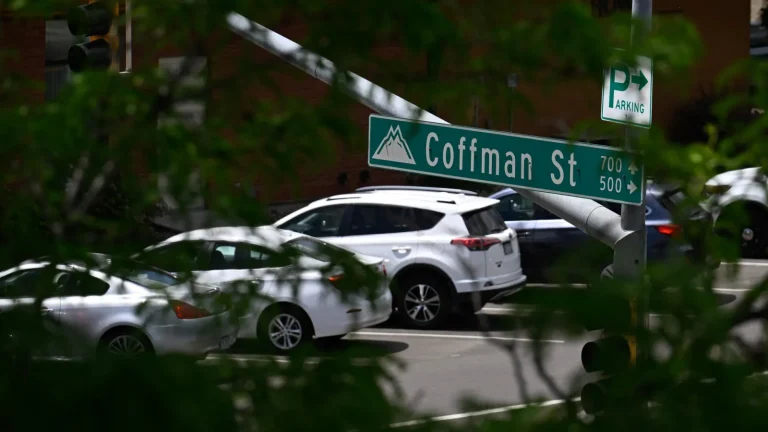DENVER, Colo. – The wildfires raging across Los Angeles over the past week have claimed at least 24 lives and destroyed thousands of homes and structures. Firefighters are preparing for further flare-ups due to dry winds expected on Tuesday.
In Colorado, the devastating Marshall Fire of 2021 left over 1,000 homes in Boulder County destroyed, serving as a grim reminder of how quickly wildfires can escalate under similar conditions.
Similarities in Conditions and Challenges

Both the Marshall Fire and the current Los Angeles wildfires have been exacerbated by high winds and dry vegetation, which are notorious for reigniting extinguished fires.
Investigators concluded that the Marshall Fire, which began on December 30, 2021, was partly caused by wind reigniting embers from a fire believed to have been extinguished a week earlier.
The situation in Los Angeles echoes these challenges. Firefighters are battling three active wildfires—the Palisades Fire (17% contained), Eaton Fire (35% contained), and Hurst Fire (97% contained)—all of which ignited on January 7, 2025.
Additionally, the Auto Fire in Ventura, which started on January 13, remains 0% contained as of Tuesday afternoon.
By the Numbers: A Comparison
Preliminary damage reports offer insight into the scale of destruction caused by these fires:
- Marshall Fire (2021): Burned 6,000 acres and destroyed 1,091 structures, with an estimated $2 billion in damages.
- Los Angeles Wildfires (2025):
- Palisades Fire: 23,713 acres burned.
- Eaton Fire: 14,117 acres burned.
- Combined damage estimates: $250–$275 billion, according to AccuWeather.
- Over 12,000 structures destroyed, nearly 12 times the number lost in the Marshall Fire.
While the Marshall Fire remains Colorado’s most destructive in terms of residential homes lost, the Palisades and Eaton fires have burned significantly more land.
Causes and Investigations
The causes of the Los Angeles wildfires are still under investigation. Early reports suggest that an electrical tower in Eaton Canyon may have sparked the Eaton Fire. Similarly, part of the Marshall Fire’s origin was traced to an Xcel Energy powerline.
Both cases highlight the role of human infrastructure in wildfire ignition, compounded by extreme weather conditions.
The National Oceanic and Atmospheric Administration (NOAA) attributed the rapid spread of the Marshall Fire to hurricane-force winds gusting up to 100 mph, which drove embers across drought-stricken land.
Lessons for the Future
Wildfires in Los Angeles have prompted the deployment of firefighters from across Colorado, bringing expertise from battling fires in similarly windy, mountainous regions.
Efforts to mitigate the risks associated with high winds and dry vegetation remain critical for both states as they contend with increasingly destructive wildfire seasons.
For those looking to help, local organizations are accepting donations to support victims of the Los Angeles wildfires and the ongoing firefighting efforts.







Leave a Comment